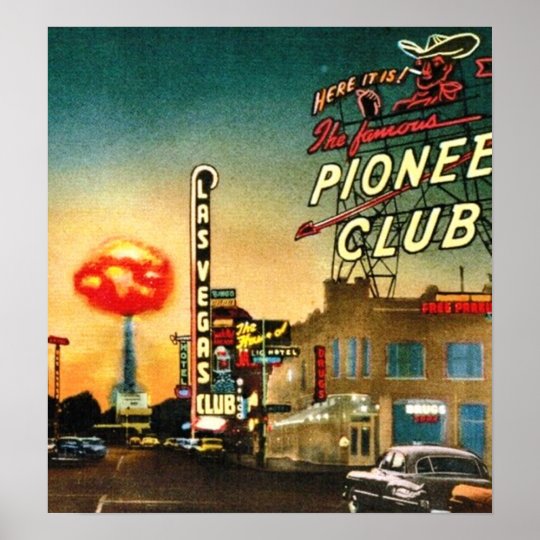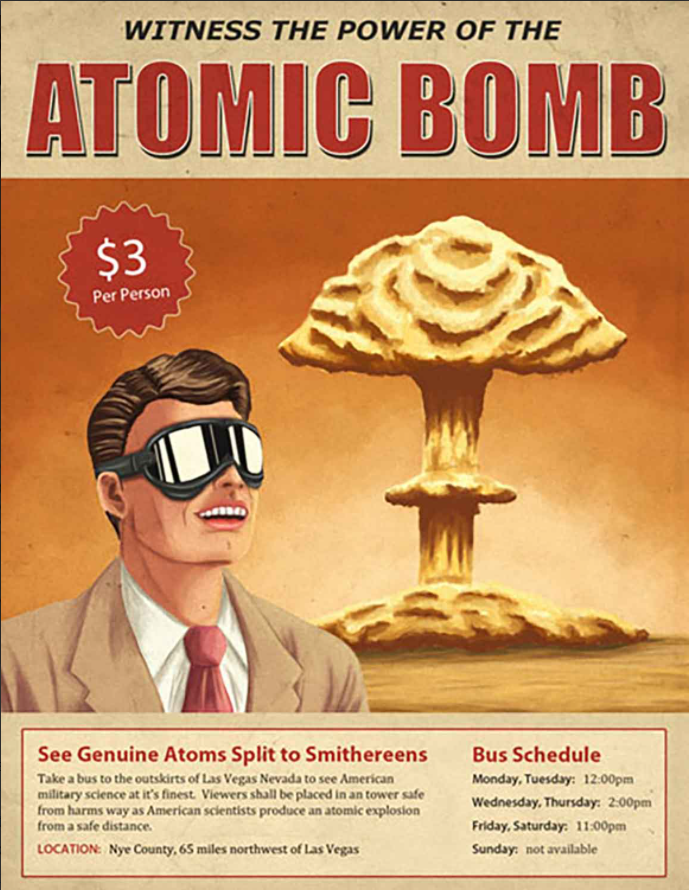- Atomic Bomb Casino Entertainment
- Atomic Bomb Casino Las Vegas
Greenbrier was chosen because of its location — relatively close and accessible to Washington, but far enough away to be safe from an atomic bomb — and because of its prior relationship with the United States government. During World War II, Greenbrier had served as an internment facility for Japanese, Italian, and German diplomats and then. In the 1950s, Las Vegas Sold Atomic Bomb Tests as Tourism Las Vegas is notoriously known for its bright lights and exciting nightlife, however, in the 1950s it became known for a different kind of light. In 1951, the Nevada Testing Site became the location for atomic bomb testing, located just 65 miles northwest of Las Vegas.
Las Vegas is notoriously known for its bright lights and exciting nightlife, however, in the 1950s it became known for a different kind of light. In 1951, the Nevada Testing Site became the location for atomic bomb testing, located just 65 miles northwest of Las Vegas. The Yucca Flats of Nevada were located in the center of the American wasteland, making it the perfect place for nuclear testing.
First off by being located in the middle of the desert, it created very little threats to surrounding homes. Additionally, it provided a source of spectacles and entertainment for people who did live in this area. As a result, Vegas began to experience a new influx of people from across the country who would travel thousands of miles in order to catch a glimpse of this new show.
| A Horseshoe Club advertisement touting its excellent views of nuclear tests. |
| Witness the power of the Atomic Bomb. A mere $3 for a safe viewing distance. |
Soon after Vegas was transformed from the original city of 25,000 people to the world-renown spectacle of three million people. Journalists everywhere began jumping on this new exciting event, and the topic of atomic tourism became the biggest headliner everywhere. Even writers in the
New York Times began referring to it as, 'the non- ancient but none the less honorable pastime of atom-bomb watching.'
Despite nuke testing occurring in multiple other places during this time, Vegas was the only one to turn it into an attraction. Inherently speaking, Vegas was designed for showmanship. Visitors are encouraged to live in the moment and focus on what is in front of them, by masking the individual from all reminders of time and location. Their motto: pay attention to what is in front of you. Therefore by taking advantage of this concept and its psychological effect, landowners and industry owners began turning these tests into spectacles of themselves. Organizations began hosting parties and picnics around the publicized atomic bomb testing schedule, and photos of these events began circulating across news sources everywhere.
However, in addition to these parties, Vegas also capitalized on the nuclear tests by providing itself as a source of relief and nostalgia from the surrounding terror. Gambling, games, and television were all sources of distraction that provided Vegas guests with an escape from the fear that was surrounding them.
| Early morning bathers at a hotel pool in Las Vegas stop to watch the mushroom cloud of an atomic detonation at a test site about 75 miles from the city. May 8, 1953. |



